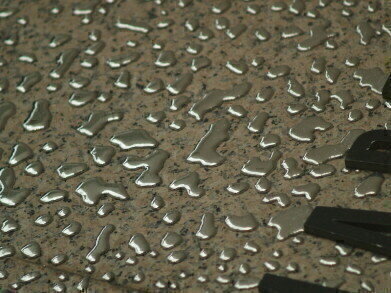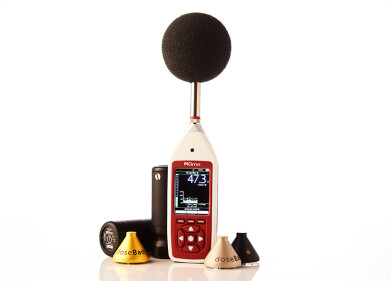Health & safety
Can Mercury Change Forms?
Mar 23 2022
Although mercury might be familiar to most of us as the silver liquid inside old-fashioned thermometers and barometers, it may surprise you to learn that it has the ability to change forms from one state to another. In fact, it’s so capable at changing states that if left at normal temperatures and pressures in an unsealed container, it will over time evaporate into a gas at will. It can even change into a solid – though this only happens at extremely low temperatures (-38.8°C).
Besides changing from a liquid to a gas or a solid (and vice versa), mercury can also be converted from one form into another. Elemental mercury refers to that referred to above which is used in thermometers, dental fillings, light bulbs and other consumer products. However, if it comes into contact with carbon, it will transform into an organic mercury compound such as methylmercury; if it combines with elements other than carbon (such as oxygen, chlorine or sulphur), it will produce inorganic mercury.
Changing states
At room temperature, mercury exists in liquid form. However, it can slowly lose its liquid properties and transform into a gas even without significant temperature or pressure changes. It will boil at 356.7°C (changing into a gas) and freeze at -38.8°C (changing into a solid), which are both currently the lowest temperatures of any known stable metal. However, preliminary research into the physical properties of copernicium and flerovium indicates that they may have lower boiling points.
In any state, mercury is a strong conductor of electricity, though it does not conduct heat well. As a liquid, it has traditionally been used to tell the temperature, since its volume will expand or contract depending on how warm or cold it is. As a solid, it is ductile and malleable and can be shaped or cut. It is an integral component in many consumer products, from fluorescent light bulbs to dental amalgam fillings. As a gas, it is a dangerous pollutant which can be detrimental and, on certain occasions, deadly to human health.
Elemental, organic and inorganic
As well as having three different physical states, mercury can also be found in three different forms. Elemental mercury, defined as Hg in scientific terms, is the one most commonly associated with the metal. As well as being naturally occurring in our environment, it’s also released into the atmosphere through anthropogenic activities such as fossil fuel combustion, waste incineration, smelting, mining and other industrial process.
Organic mercury compounds are created when Hg reacts with carbon. This most often occurs when tiny organisms or vegetation react with the substance and convert it into organic compounds, with methylmercury one of the most commonplace and most dangerous. Methylmercury bioaccumulates in fish and other seafood and can pose many challenges in today's modern world, especially because it can endanger human health when consumed. Inorganic mercury compounds, on the other hand, are produced when Hg combines with elements other than carbon. These are sometimes used in cosmetic products, paints, inks and certain industrial mechanisms.
Whichever form it takes, it’s important to measure mercury so as to mitigate the risk of it impinging on human health. For those who wish to learn more, the upcoming International Conference on Methane as a Global Pollutant (ICMGP) will delve into the topic in far greater detail. Taking place virtually from the 25th to the 29th July, the event is open to all interested parties.
Digital Edition
IET 35.2 March
April 2025
Air Monitoring - Probe Sampling in Hazardous Areas Under Extreme Conditions - New, Game-Changing Sensor for Methane Emissions - Blue Sky Thinking: a 50-year Retrospective on Technological Prog...
View all digital editions
Events
Apr 21 2025 Shanghai, China
Apr 22 2025 Hammamet, Tunisia
Apr 22 2025 Kintex, South Korea
Analytica Anacon India & IndiaLabExpo
Apr 23 2025 Mumbai, India
Apr 23 2025 Moscow, Russia



















